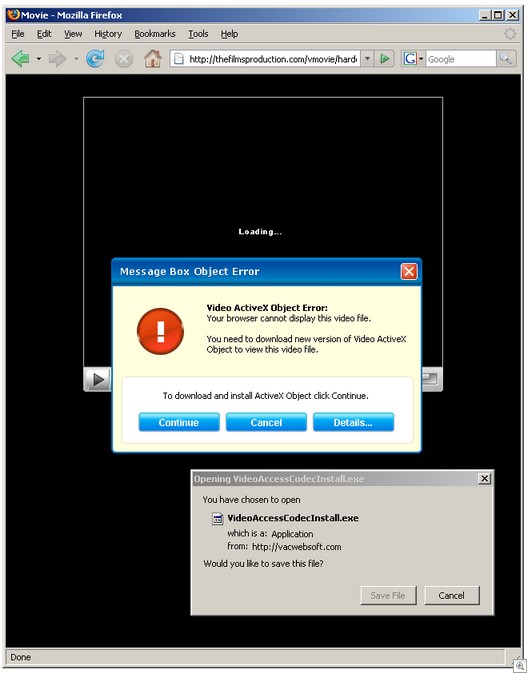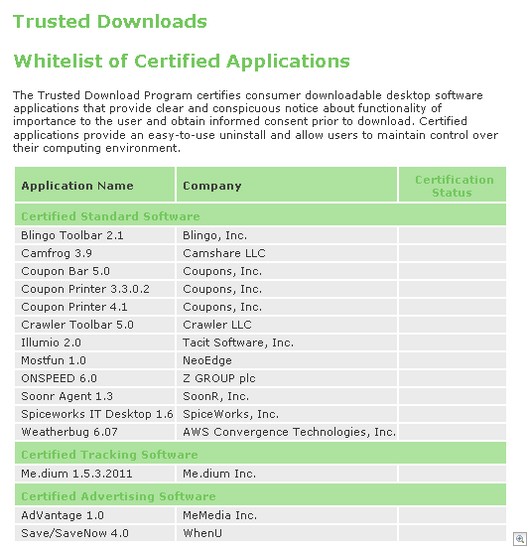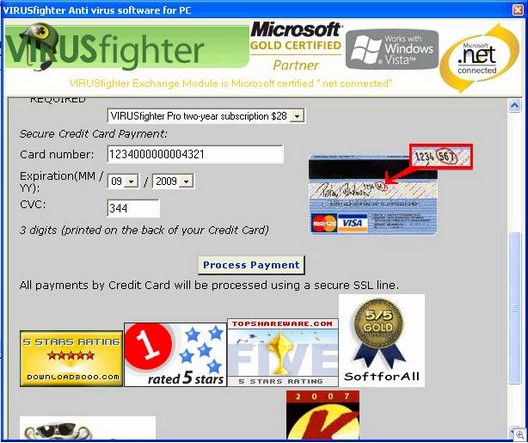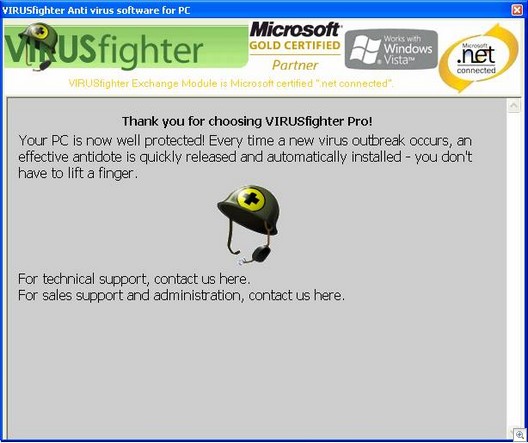What caused the WGA goof-up
Last week, computer users experienced problems in trying to validate and activate their Vista systems with the Microsoft Windows Genuine Advantage (WGA) system, a situation that lasted for about 20 hours. Now it appears the culprit has been found: preproduction code that was installed on production servers. It’s fixed now, but not before frustrating many users. Read more here.
How to find out what programs on your computer are connecting to the Internet
Wondering if there’s a spyware program on your computer that’s surreptitiously sending information over the Internet? Want to know which of your legit programs are “calling home?” There’s a command line utility that will help you find out, and it works in both XP and Vista.
- Click Start.
- In XP, click Run and type cmd in the Run box. In Vista, you need to open the command prompt with elevated privileges, so click All Programs, Accessories, then right click Command Prompt and select Run as Administrator.
- At the command prompt, type netstat -nab
This displays a list of running programs, the protocol being used by each to connect to the Internet, and the IP address and port being used. You might be surprised to see, for instance, that PowerPoint is connected to the Internet – but it will be if you use the online Help function, search for clip art, etc.
Where, oh where are our Windows Home Servers?
Microsoft’s new Windows Home Server operating system was released to manufacturing way back in July, but we still haven’t seen any hit the retail shelves yet. What’s going on? Well, according to the official Home Server blog they’ve discovered ways to make it “even better,” and that accounts for the delays. WHS boxes are expected to be available in early September. Ummm, it’s early September now, guys.
Vista Service Pack 1 beta coming soon; expected to be a big one
SP1 for Vista is eagerly anticipated by many, including those users who have been waiting for it before they upgrade their operating systems. The service pack is in beta testing now and will go to 10-15,000 beta testers in September. One thing you can look forward to is a big file: about a gigabyte. Although that may not seem like much when today’s hard disks can easily hold 500 to 750 GB for a reasonable price, to put it in perspective consider that the entire Windows XP installation pack was less than 1 GB in size. Link here.
Chicago abandons plan for city-wide wi-fi
Just a few weeks after our editorial questioning the feasibility and appropriateness of spending taxpayer money to fund city-wide wireless networks, Chicago officials have announced that they’ve shelved their plans for 228 square mile wi-fi coverage due to the high cost. It appears they are, however, building a WiMax network there. Read more here.
New Yahoo Mail goes live at last
Yahoo has been beta testing its new mail software for almost two years, but it’s finally going live and several pundits, including Walter Mossberg (technology writer for the Wall Street Journal) say it outdoes its top two competitors, Hotmail and Gmail. It has built-in IM and even lets you send text messages to cell phones. It also offers unlimited free storage for email and attachments (Gmail limits you to 2.9 GB and Hotmail has just increased their limit to 5 GB). The new version of Yahoo Mail is rolling out in the next few weeks. If you use Safari or other incompatible browsers, you can continue to use the old (“Classic”) version.
Windows SideShow gives your laptop the “wow” factor
One of the coolest new features in Vista unfortunately isn’t supported by most of the hardware on which the OS is running today. That’s Windows SideShow, which allows a secondary display device on the outside of laptop computers to retrieve information from the computer and display it even if the computer is closed, asleep or turned off. For example, this small outer display could display email messages or web information through the use of gadgets, the same small applets that run in the Vista Sidebar.
Although laptops are the most common usage of the technology, it can also run on remote controls, keyboards, mobile phones and other hardware devices. Now if only we can get more hardware available that supports this. Meanwhile, you can read more about it here.
Cell Phone Security
My son recently lost his cell phone, and I had a few moments of sheer terror. I’ve read horror stories about lost or stolen phones resulting in five digit phone bills. I immediately called Verizon to have them suspend the account. We got lucky; it had dropped out of his backpack into the seat of a rental car and the car agency found my number in his speed dial settings and called the next day to tell me they’d found it. Verizon turned it back on (after I satisfactorily identified myself to them) and all was well again.
But many people who carry cell phones everywhere they go don’t realize the consequences if those phones fall into the wrong hands. This article recounts some real life experiences and offers tips on how to protect yourself.
What’s the best way to deploy redundant Internet connections?
QUESTION: I have been thinking seriously for the last couple of months, after my service went down for a morning, about getting redundant connectivity in the form of DSL. I currently have the very high speed version of Time-Warner’s Roadrunner. For the price of [approximately] $30 to $40 month more I can get DSL. My questions are:
- What is the best way to do this?
- What experience have others had and are there any tips from those already doing it?
- How to configure if only using one router?
- What are some router recommendations to allow simultaneous access and usage of the Internet or to use whichever one is available at the time?
ANSWER: Having two Internet connections from different providers is the best protection against being left without a connection – and with the right equipment, you can aggregate the connections into one faster connection when both are working.
The key is a router with dual WAN (wide area networking) links. That means two (or more) WAN ports to which you can connect your cable and DSL modems. The SonicWall TZ 170 is one of the best, but it’s pricey and may have more features than you need (or want to pay for). It’s around $500. The Xincom Twin WAN Router is available for around $200 and provides load balancing and backup. You can get it from Amazon here. D-Link and Linksys also make dual WAN routers.
Memory leak causes XP to lock up
If you have a program using Windows Management Instrumentation (WMI) running on your XP computer, you might get lock ups (unresponsiveness) because of a memory leak that occurs when the RPC cache gets too big. There is a hotfix for the problem, but you’ll need to submit a request to Microsoft Online Customer Services to get it. To find out more, see KB article 890196.
Safely Remove Hardware doesn’t work in Vista
Sometimes when you click the Safely Remove Hardware icon in the Vista system tray (notification area), the device may not be removed properly because of a timing issue that prevents the system from being able to find the information it needs about the device. SP1 is expected to fix this, but if you’re being severely affected and don’t want to wait, you can get an individual hotfix by submitting a request to Microsoft Online Customer Services. See KB article 91619.
Deb Shinder









